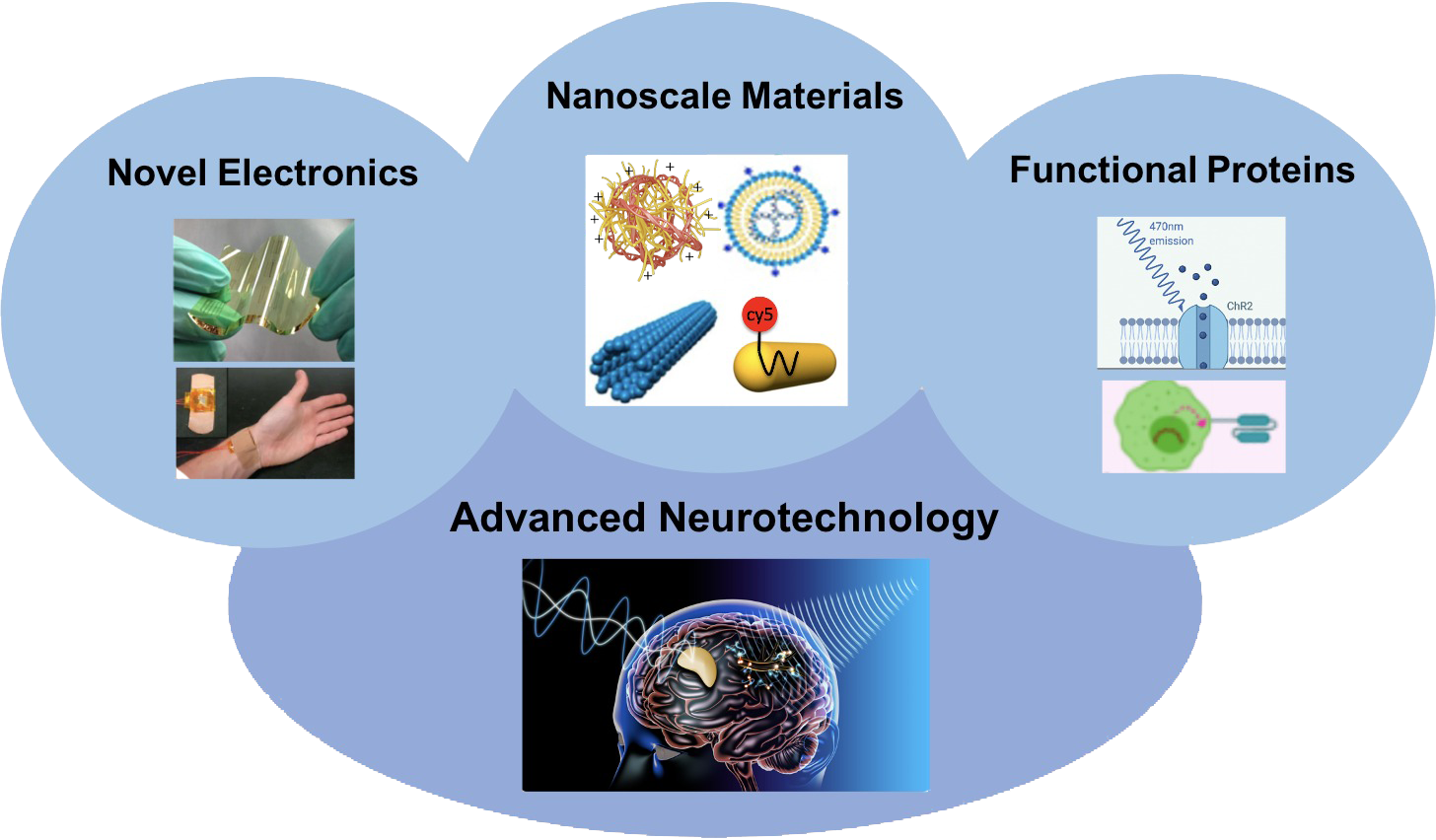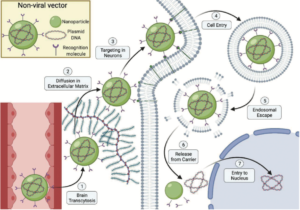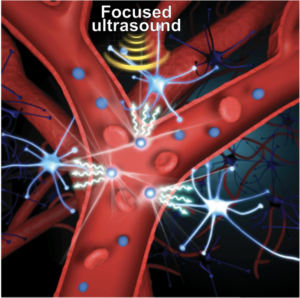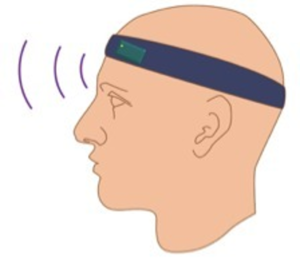Research Topics

Research Topic Examples



Non-Viral Gene Delivery
Sono-optogenetics
Over the past decade, optogenetics has increasingly become an important technology for neuroscience research and treatment of neurological disorders. One of the biggest challenges in optogenetics is the delivery of visible light for activation of opsins located in the neural systems. Traditionally, fiber optics would have to be implanted inside the brain due to the inability for photons to effectively penetrate the skull and tissue. We plan on working on mechanoluminescent nanoparticles that travel via circulatory system to be activated locally via focused ultrasound arising from outside the body, providing an optical source for optogenetic neuron modulation. This will provide an efficient, minimally invasive method to turn off and on neurons in regions of interest. Check out our review article here.
Wearable EEG Devices
Electroencephalograph (EEG) has been widely used clinically for diagnostics of epilepsy and sleep disease but it requires complex wiring and measurement process. We are working on the wearable electroencephalograph (EEG) platform for long-term monitoring of brain activity. The field of wearable EEG sensors can be divided into two main parts: data acquisition and data analysis. For data acquisition, we will be developing novel EEG electrodes with features of high signal-to-noise ratio (SNR), high stability and good adhesion to meet the real-life EEG user cases. For data analysis, we will integrate the state-of-art algorithms and signal processing techniques into our platform for wearable applications. Check out our review article here.